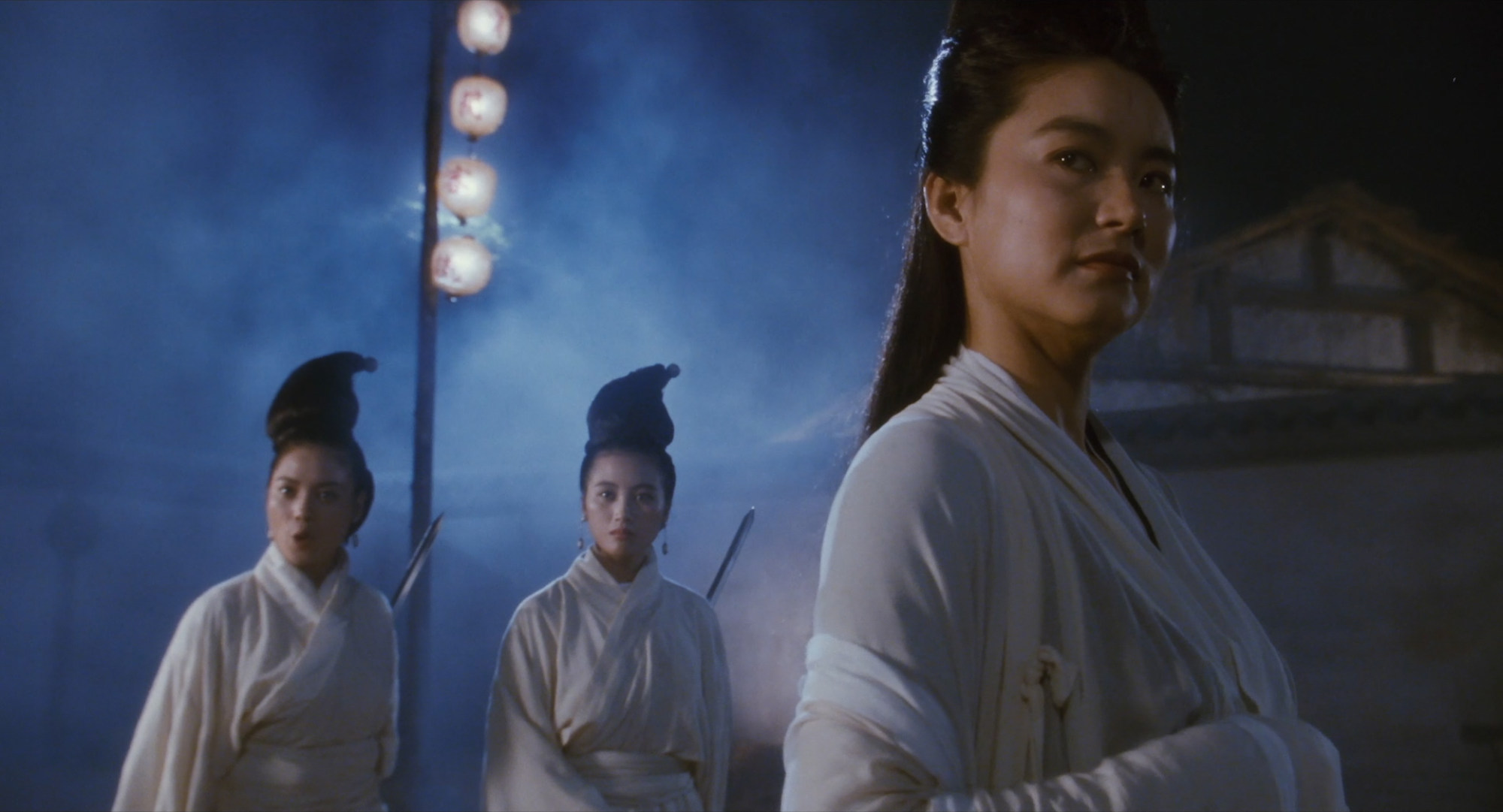Here we talk to expert on Asian films Frank Djeng, who provided the audio commentary for the Eureka Entertainment release of both films.
Yes, even though this was a comedy, a lot of effort and budget went into the production, into the costumes, and into the action.
The difference between ‘real kung fu’ and Jackie Chan’s? This actor knows
The difference between ‘real kung fu’ and Jackie Chan’s? This actor knows
With Ching on board as martial arts choreographer, they obviously weren’t going to skimp on the action. There aren’t actually many action scenes in the first film, but when they show up they are great. The action is on a par with anything that you would see in Swordsman II.
It’s based on Louis Cha’s five-volume martial arts novel “The Duke of Mount Deer”. How much did Wong Jing change?
The first film covers roughly the first two volumes, and the second film the last three. Wong cut a lot out, including a trip to Russia the protagonist makes.
Adaptations of martial arts novels were very popular back then, so Wong was taking advantage of that, coupling it with Stephen Chow’s amazing popularity.
The novel had already been serialised on TVB, so did that affect the films?

As it was on the cinema screen, and not TV, Stephen Chow could take the character a lot further than Leung and Chan, as there was less censorship. Wei Siu-bo is very horny – he has seven wives! – and he’s very foul-mouthed in the book.
Chow reflects that, and he used a lot of slang in the films, even using triad slang.
The plot is confusing, but when the films opened in Hong Kong, most people had already read the books, so they knew the story anyway.

Just about everybody in Hong Kong had read the book or seen the TV adaptations, so they already knew the story and the characters by heart. Wong knew he didn’t have to put everything in the film – he could just focus on the major plot points.
The dialogue is always very important in Stephen Chow’s films. If you don’t speak Cantonese, what are you missing?
Well, one thing is that everyone in the film kind of talks the way Qing dynasty people talked – except Stephen. He talks in a modern way and uses a lot of slang, but the others talk in an archaic manner, using a lot of proverbs and idioms.
How Wong Jing ruled the box office in 1990s Hong Kong
How Wong Jing ruled the box office in 1990s Hong Kong
Sharla Cheung has a major role in the first film. She was very popular at the time, wasn’t she?
Sharla was a Wong Jing discovery and he cast her in a lot of films, usually as female lead or second female lead. By the time she made Royal Tramp, she was very popular.
Audiences liked her as she was so pretty – everyone focused on her looks, and I think that may mean she wasn’t given the chance to shine as an actress
It’s not Sharla’s own voice here, as she was dubbed – you don’t get to hear her voice until Fight Back to School 3. That was because she came from Shanghai.
By the time she made Fight Back to School 3, she had been in Hong Kong quite a while, so her Cantonese had got pretty good.

How about Chingmy Yau as Princess King Ning? Was this before she became notorious for making Category III (adults-only) films like “Naked Killer” for Wong Jing?
She was perfectly cast in the role of Princess King Ning here, and she really made the character come alive. She played it exactly as it was portrayed in the book – she was spiky and a bit sadistic, pretty and charming.

Chingmy has a spiky and punky kind of look, and that seemed to help her get into character. She was probably Wong Jing’s best discovery, and we are able to say now that they were a couple at the time, too.
He always found her roles that would suit her, and as she was his muse, he would put a lot of emphasis on her.
Brigitte Lin Ching-hsia played it straight in Part 2. She almost reprised her classic “Swordsman II” role as Asia the Invincible, even though it’s a comedy. Why was that?
Brigitte’s role is interesting as she’s doing both a parody of, and a homage to, her Asia the Invincible character, which was originally based on a character in a different Louis Cha novel (The Smiling, Proud Wanderer).

The homage comes from Lin – it’s almost like she’s playing Asia the Invincible again. The parody comes from all the ways that Stephen reacts to her. She is respecting the character while he is ridiculing the character.
Which do you prefer, the first film or the second?
I actually treat them as one long film, not two. But there are differences. The first film is better in terms of the production values and cinematography – it was shot better and it looks nicer. The second film went back to the usual Wong Jing-Stephen Chow comedy mode in terms of look and cinematography.
These films made Stephen Chow famous before Shaolin Soccer, Kung Fu Hustle
These films made Stephen Chow famous before Shaolin Soccer, Kung Fu Hustle
So by the time they got to the sequel, which was made directly after, they were probably rushing things a bit. Part one did better at the local box office.
In this regular feature series on the best of Hong Kong cinema, we examine the legacy of classic films, re-evaluate the careers of its greatest stars, and revisit some of the lesser-known aspects of the beloved industry.







